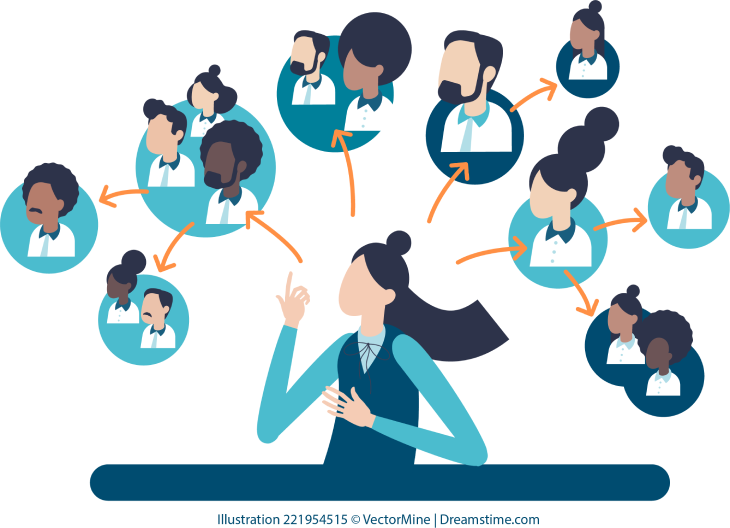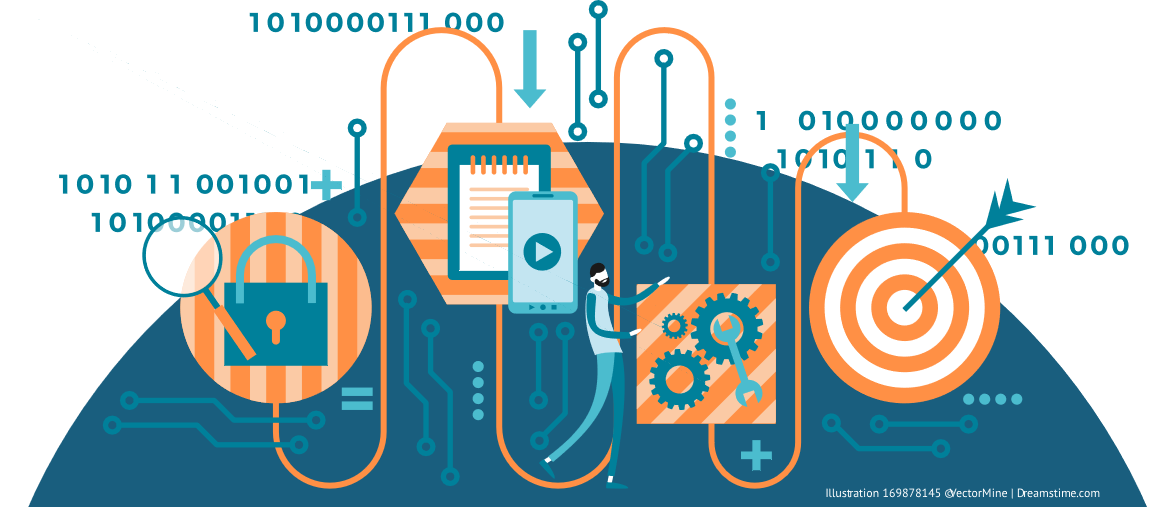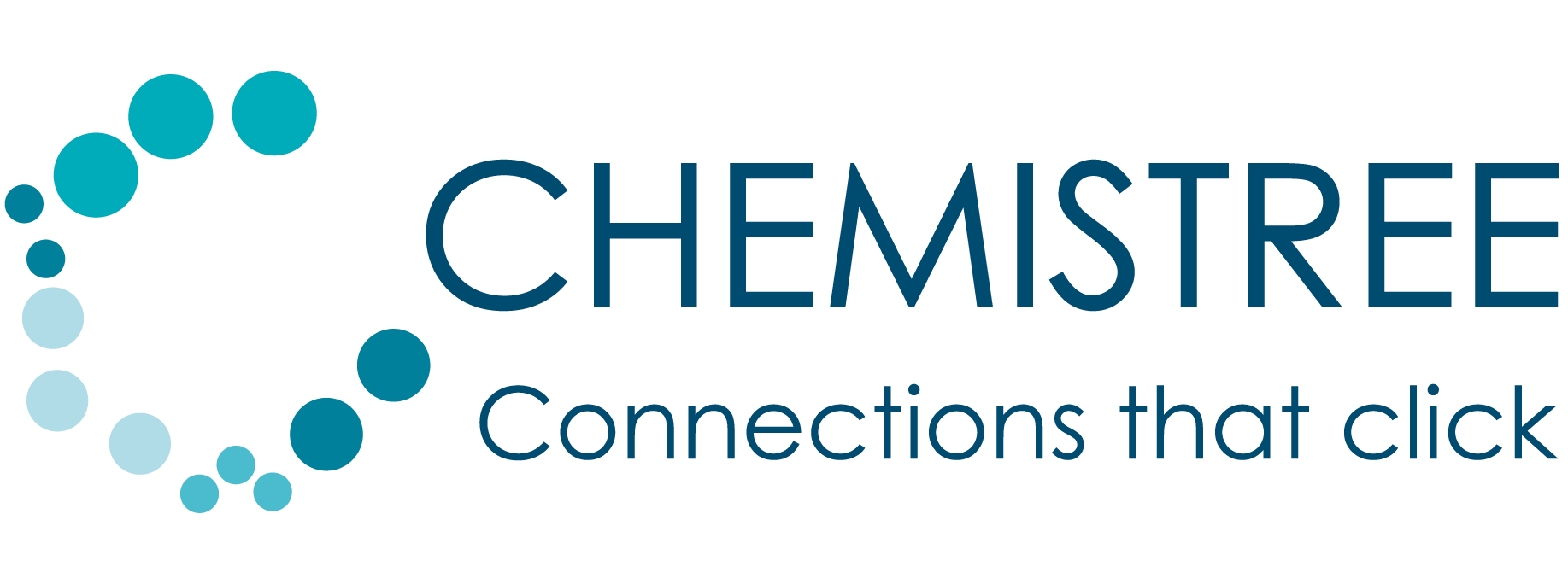The CHEMISTREE Matching Formula

Optimally Combined Algorithms

Well-founded Questionnaires
Expertise, role, needs, approach, … no matching questionnaire is like the other. We work with you to design the content and logic and tailor it to your project. An integral part: The set of personality preference queries developed together with the LMU as a foundation for productive, stable tandems
The CHEMISTREE Matching Formula
The algorithm-based matching will enable you to make more efficient and “better” decisions: the underlying decision criteria are free of distortion, fair and transparent. Ethical principles we feel very good about – and so can you and your participants!

Specifically Designed Fit
We define the ‘perfect fit’ as constructive for your project and leading to results: similarity and/or diversity, hard and/or soft factors, … all factors are specifically related and weighted. No ‘one size fits all’, but tailor-made matches for your goal!

Humanly Harmonious Tandems
Even when the technical and content-related match is overwhelmingly good: if there is no personal chemistry, tandems remain well below their potential. CHEMISTREE works with psychologically sound questions on personality and creates that elusive chemistry which is needed so people can inspire and motivate each other and optimally perform together.
A winning formula for tandems
CHEMISTREE carried out a joint study with the chair for psychological methodology and diagnostics at the LMUniversity Munich on 400 test subjects in 2018. We wanted to know: What is the most important lever for personality-based matching? The surprising finding: Tandem partners with very similar personalities are more satisfied when working together – but not more successful! They are surpassed by tandems in which the preferred personality traits of the other person apply. Exactly 11 characteristics were determined in the study that lead to significantly higher goal achievement in tandems. As a psychological questionnaire, they are an important part of our matching.
The two renowned psychology experts Prof. Dr. Markus Buhner and Prof. Dr. Felix Schönbrodt carried out a matching study in 2018 together with CHEMISTREE. They describe the scientific background of matching and the formula for success for tandems, which is in the CHEMISTREE matching process:
Fit is more than filtering…


… and only good data result in good matches.
You can save yourself the brain teaser!
It takes a whopping 495,000 arithmetic operations to form all the tandems that are possible in principle from 100 people using 100 differently weighted criteria. In order to ultimately achieve optimal matching and to make sure no one goes empty-handed, 99 double faculty variants have to be played out. That’s 27 253 921 397 507 295 029 807 132 454 009 186 332 907 963 305 45 803 413 734 328 823 443 106 201 171 875 possibilites!

Algorithms – Friend or Foe?
As a provider of algorithm-based processes, we feel we have both a technological and moral responsibility: from the development to the conception of an individual project, our matching process should be objective, distortion-free, transparent and self-determined by the participants. Furthermore: Not only WE want to meet the requirements of an ethically responsible AI – in our opinion, ALL algorithm-based systems that affect people in any way should do it. To this end, CHEMISTREE participates in federal government initiatives at various levels.
The KIDD process
Aims for a fair, transparent and understandable application of algorithm-based systems and AI in companies by involving a variety of employees and experts during their development.
The AI Standardisation Roadmap
Defines requirements and challenges as well as standardisation needs for seven key topics of artificial intelligence.

